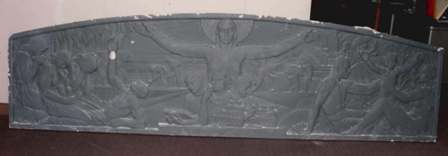Mass Gatherings and Public Health
Ever wonder why you always get sick at Mardi Gras? Surely it couldn’t be the mass consumption of food and drink combined with the scrambling around outside in all types of weather. Overindulgence aside, the “Mardi Gras malaise” sprang to my mind when I ran across “Public Health Surveillance for Mass Gatherings” (full text PDF) from the Johns Hopkins APL Technical Digest (Lombardo, J.S., et al.; Vol. 27, No. 4 (2008):
Abstract:
Mass gatherings represent specific challenges for public health officials because of the health risks associated with crowd size and duration of stay. In addition, population movement requires public health departments to interact across jurisdictional boundaries to identify risks and disease-management solutions. However, federal privacy laws restrict the sharing of patient data among public health departments in multiple jurisdictions. This article examines previous disease surveillance practices by public health officials in planning for mass events
and describes a simple approach for sharing health-risk information that was employed in 2007 during Super Bowl XLI by the health departments of Indiana, Marion County, Cook County, and Miami-Dade County.
Want more? In honor of the Inauguration, Superbowl, and other large spectacles, the National Library of Medicine has put together a fresh new bibliography on Public Health Preparations for Mass Gatherings.

 myLSUHSC
myLSUHSC